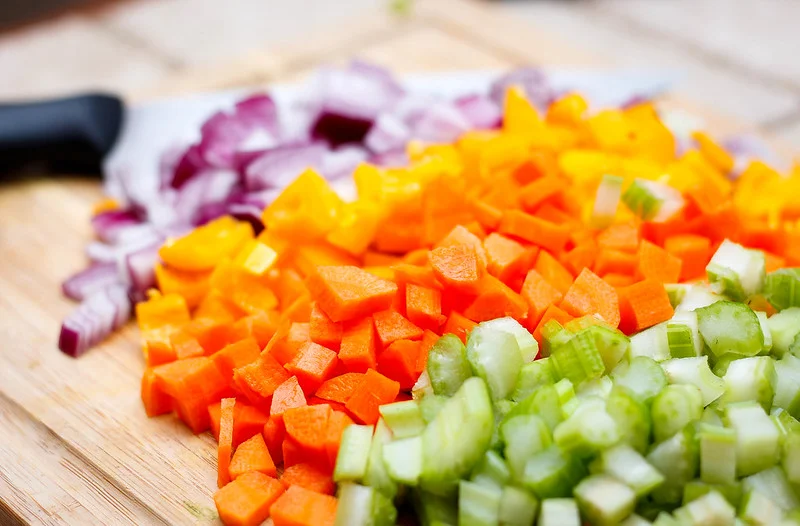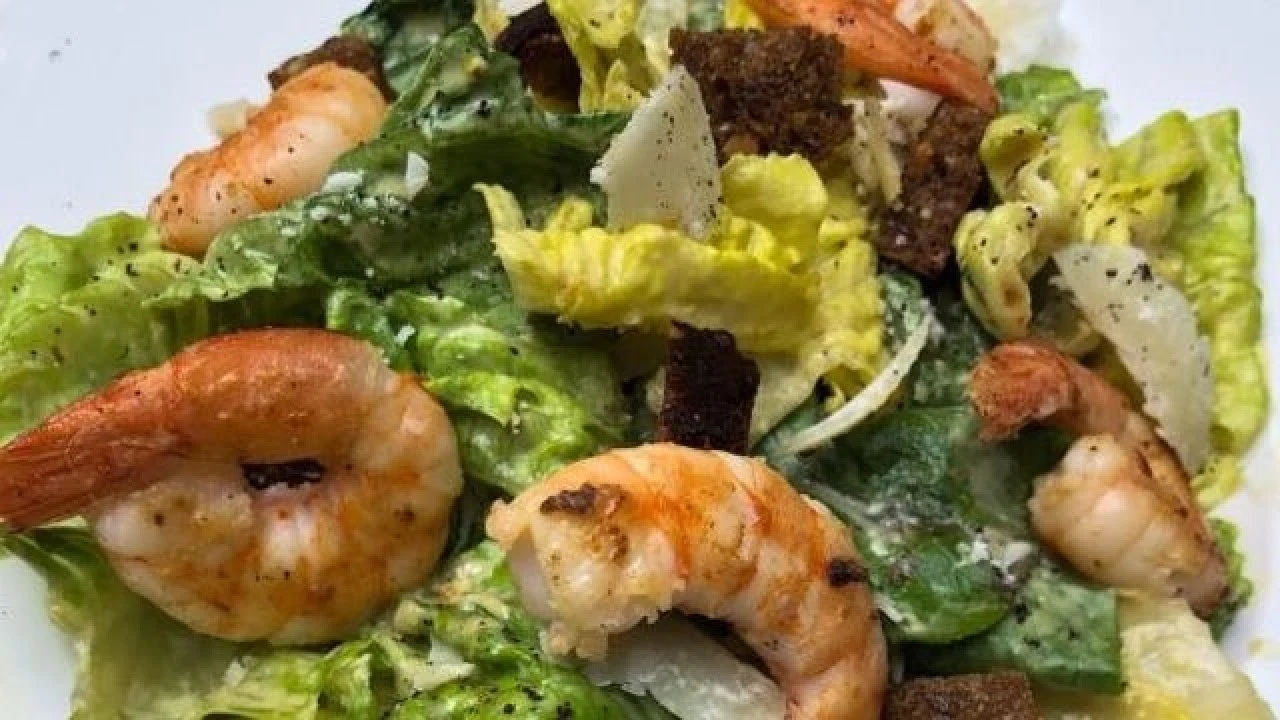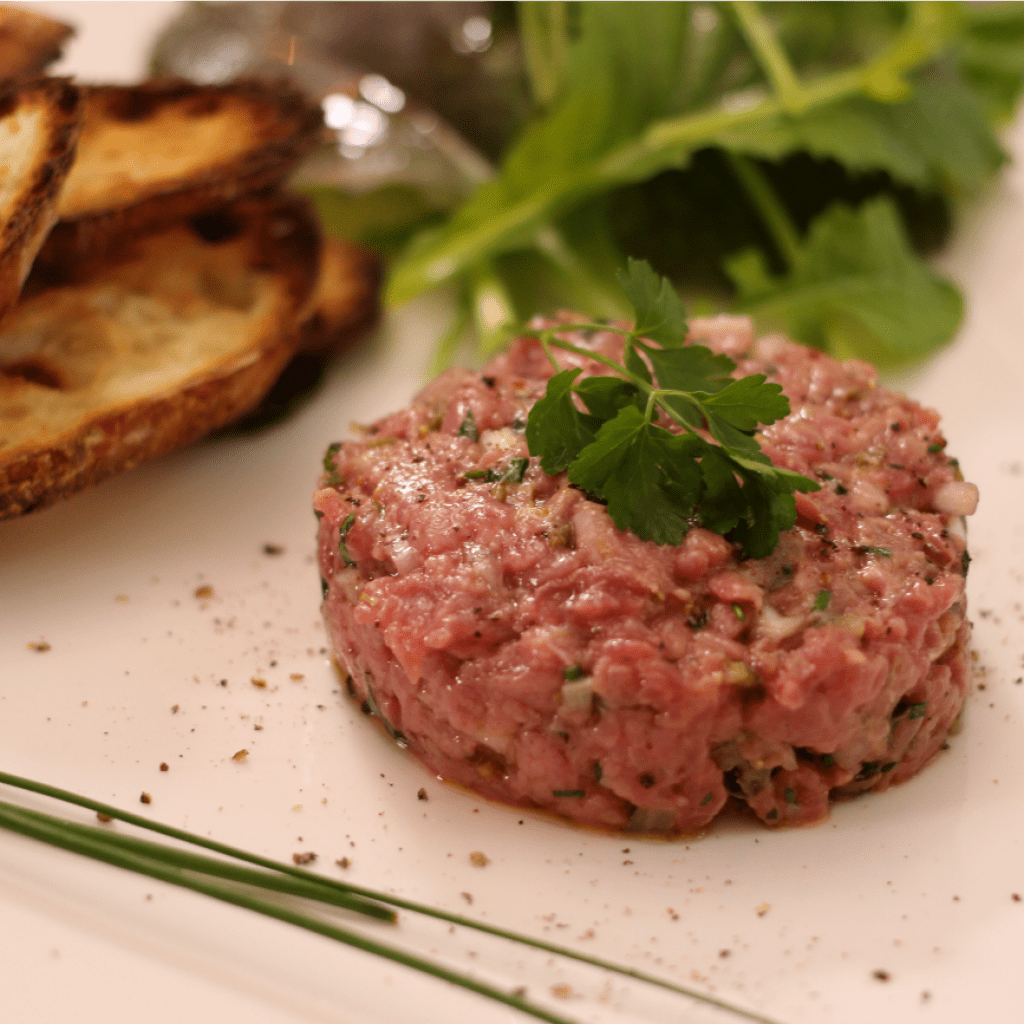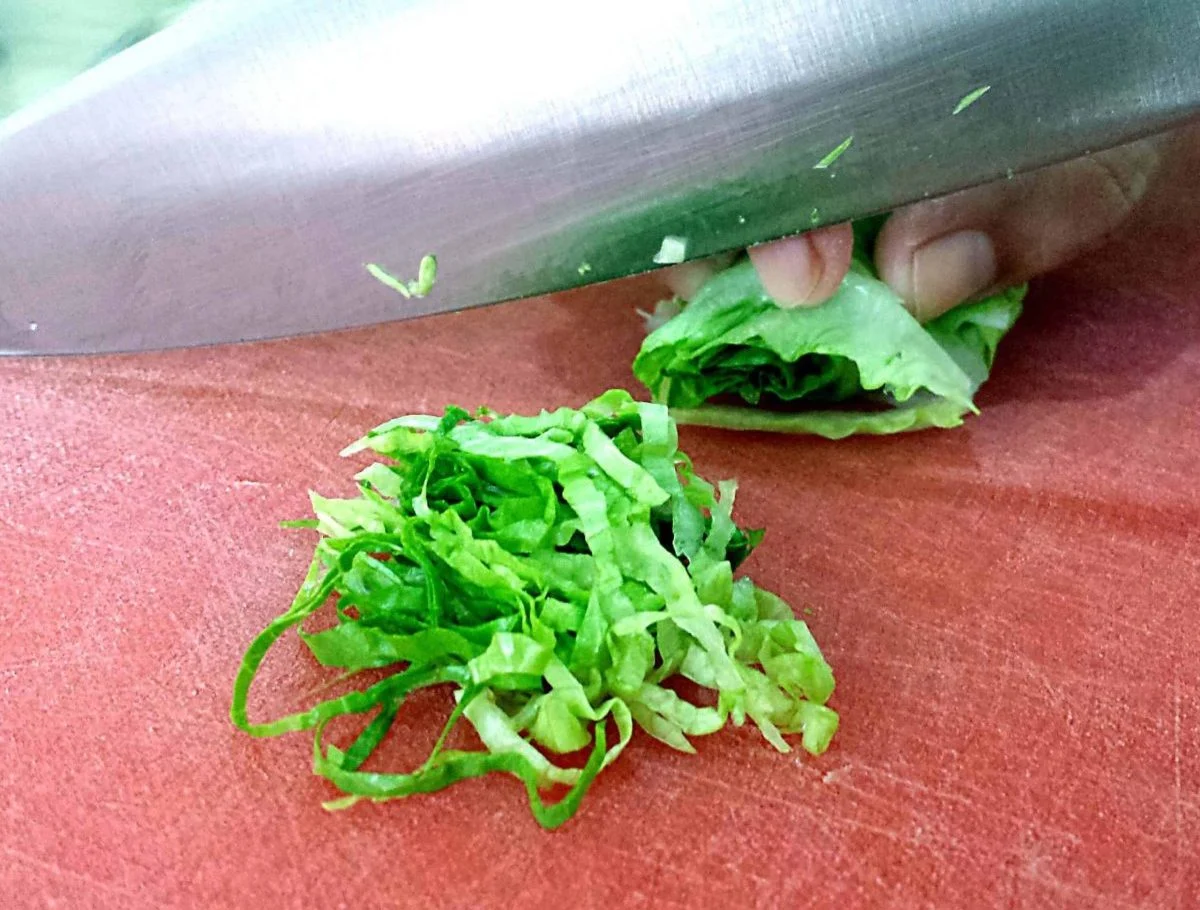The art of naming specific cuts for vegetables, fries, or fruits is embedded in French culinary tradition and is often showcased in menu listings. Any English-speaking visitor in France might easily recognize a menu item like Steak Frites.

The subtleties of Steak Frites Pont-Neuf might elude many, as direct translations from platforms like Google Translate fall short of conveying the essence. The same holds for ‘saumon’ known as salmon, but the elaboration of Saumon et Brunoise de Légumes remains ambiguous, thanks to translations like “Salmon and Brunoise vegetables” from Microsoft Translator.
This is where insights from Behind the French Menu bridge the gap, offering a comprehensive look into the intricate world of French culinary terminologies.
My culinary journey in France has been adorned with delightful dining experiences, enlightened by the companionship of knowledgeable French connoisseurs. Numerous well-versed individuals have indulged my curiosity, answering queries that delve into the gastronomical depths of French cuisine. In the process of curating this post, a special acknowledgment is owed to Michel Masse, a French ‘foodie’ with a profound understanding of the nation’s culinary arts.
Michel not only contributed suggestions and corrections to enrich this post but also persuaded me to refrain from undermining the elegance of the French language. Consequently, the initial title of this post morphed from Taillages to Les Découpes, embodying a more authentic French culinary expression.
Allumettes
Allumettes, translated to “matches” in English, refer to a culinary cut characterized by its thin and elongated shape, reminiscent of matchsticks. This cut is commonly applied to vegetables, particularly potatoes, resulting in dimensions approximating 0.03cm x 0.03cm x 7cm. In the United States, these are often referred to as straw fries or shoestring fries.
Salade César aux Gambas Sauvages et Allumettes de Panisse
A dish example is Salade César aux Gambas Sauvages et Allumettes de Panisse – a Caesar salad accompanied by wild shrimp and allumettes of panisse, featuring the matchstick-like cuts that define this preparation style.

Though not originating in France, the Caesar salad has a convoluted heritage, with ties to Italian and Mexican cuisines. Conceived in the 1920s by Caesar Cardini, an Italian restaurateur operating in Tijuana, Mexico, the classic Caesar salad was a mix of lettuce, garlic, olive oil, salt, pepper, lemon juice, Parmesan cheese, croutons, Worcestershire sauce, and a coddled egg - a lightly boiled egg. Over the years, variations have emerged, including the incorporation of ingredients like anchovies.
Pommes Allumettes
Pommes Allumettes, also recognized as Pommes Pailles or straw fries, adhere to a precise cut measuring roughly 2-3mm x 2-3mm x 7cm. They often accompany classic French dishes, enhancing both presentation and taste.
An example of such a pairing is Onglet de Boeuf, Sauce au Poivre, Pommes Allumettes – a dish featuring hanger or skirt steak, complemented with a rich pepper sauce and the crispy, slender allumettes fries.
Tartare de Boeuf Maison, Pommes Pailles

Similarly, Tartare de Boeuf Maison, Pommes Pailles is another classic preparation. This dish features a house-style beef tartare, meticulously prepared and served alongside the delicate and crispy pommes pailles, combining textures and flavors for an elevated dining experience.
Bâtonnets
Bâtonnets, a term that translates to “small sticks,” are a popular cut in French cuisine, typically applied to vegetables transformed into petite, stick-like shapes. These small batons can range from crispy fried vegetable varieties like bâtonnets de courgette, which are zucchini sticks deep-fried to perfection, to breaded cheese selections. Bâtonnets possess an irresistible crunchiness; a characteristic so inviting that one might find it challenging to stop indulging once they’ve started.
For most vegetables prepared “en bâtonnet,” the dimensions are precise: 4-5mm in thickness and 4-5cm in length. However, when it comes to proteins like chicken, meats, and fish crafted into bâtonnets, the measurements aren’t stringent, although the iconic stick shape is retained.
Children’s menus frequently feature bâtonnets, thanks to their convenient, easy-to-handle form that eliminates the need for utensils. In this context, it’s not uncommon for the term “fingers” to be adopted, reflecting the finger-food nature of these delicious, bite-sized offerings.
A delightful example is Bâtonnets de Courgettes Panés au Parmesan. In this dish, courgettes (or zucchinis as they are known in the US) are coated in a parmesan-infused breading and deep-fried to achieve a perfect harmony of tender and crispy textures, making each bite a savory experience to be savored.
Bâtonnets de Pommes de Terre
Bâtonnets de Pommes de Terre typically represent a delectable variant of the classic French fries, distinguished by a breaded and flavored exterior.

However, don't be surprised if variations appear; a friend once received a serving where these bâtonnets were a delightful concoction of mashed potatoes, deep-fried and infused with the aromatic presence of herbs and cheese, delivering a unique twist to the conventional presentation.
Billes
In the world of French culinary cuts, "Billes" refers to ball-shaped cuts of fruits and vegetables, ideally resembling the size of marbles - the literal translation of "billes".
An exquisite example is Billes de Melon Caramélisées, where succulent melon balls are kissed by caramelization, unlocking a mesmerizing blend of flavors.
Boules
"Boules" shares a similar theme, denoting 'balls,' a term commonly associated with servings of ice cream. "Coupe de Glace 2 Boules (or 3 Boules) aux Choix" translates to a bowl of ice cream graced with two or three scoops, offering a personalized dessert experience as diners select their favored flavors.
In the savory spectrum, "Boulettes" and "Polpettes" are synonymous with meatballs, encapsulating a world of taste within their compact, spherical forms.
Brunoise
The "Brunoise" cut holds its unique allure, emanating from the precision of its creation. The process begins with the food item being julienned into elongated, thin strips, following which they are diced into minute cubes, each measuring approximately 2mm x 2mm x 2mm.

A dish exemplifying this cut is "Joue de Cochon Braisée en Vinaigrette de Riesling, Brunoise de Légumes." In this culinary masterpiece, braised pig's cheeks are tenderly presented in a Riesling vinaigrette, accompanied by a colorful medley of vegetables, meticulously cut into a brunoise, each bite promising a harmonious dance of flavors and textures.
Chiffonnade
Chiffonnade is a cutting technique frequently employed for leafy vegetables and thinly sliced meats, including cured ham, smoked salmon, and various cold meats similar to salami.
This style of cutting is also apt for fresh herbs and vegetables like basil and lettuce, resulting in thin, curly strips of food. A chiffonade involves slicing leaves, but efficiency dictates rolling the leaves or grouping them before slicing to create delicate, elegant strips.

These finely cut elements are often used for garnishing or imparting a subtle flavor, ensuring that the ingredient doesn’t dominate the dish. When you encounter delicate vegetable strips in your soup or gracing a serving of fish, it’s the chiffonade cut at play.
A dish example is Les Coquilles Saint Jacques Rôties au Beurre, Chiffonnade de Poireaux – king scallops luxuriously roasted in butter, served in their shell, adorned with a chiffonade of leeks.
In the realm of French culinary arts, Ciselér or Ciselée refers to a fine cutting technique typically applied to herbs. This term can also denote small incisions made in the skin of fish or meat, facilitating the infusion of herbs.
Contisées echoes the finesse of the Ciselér cut but takes it a step further by incorporating the stuffing of vegetables or other flavors. A dish that epitomizes this technique is Les St Jacques Contisées a la Truffe de Bourgogne, where the succulent meat of king scallops is intricately sliced and graced with the aromatic essence of Burgundy truffle shavings.
Émincé refers to a style of slicing, often seen in dishes featuring slices of chicken, veal, or beef. For vegetables with a curved or curly nature, like cabbage, mushrooms, and onions, Émincer involves crafting slices that respect the natural contours, as the straight, flat cuts characteristic of julienne are not applicable.
Two dish examples capturing this cutting essence include Émincé de Bœuf Mariné aux Épices et Légumes du Moment, offering a symphony of sliced, spiced-marinated beef paired with seasonal vegetables, and Emincé de Veau à la Sauce à la Crème et Champignons de Paris, Purée de Pommes de Terre, where tender slices of veal are bathed in a luscious cream sauce, accompanied by Parisian mushrooms and a side of velvety potato purée. Each dish is a testament to the artistry and precision that defines French cuisine.

Post a Comment